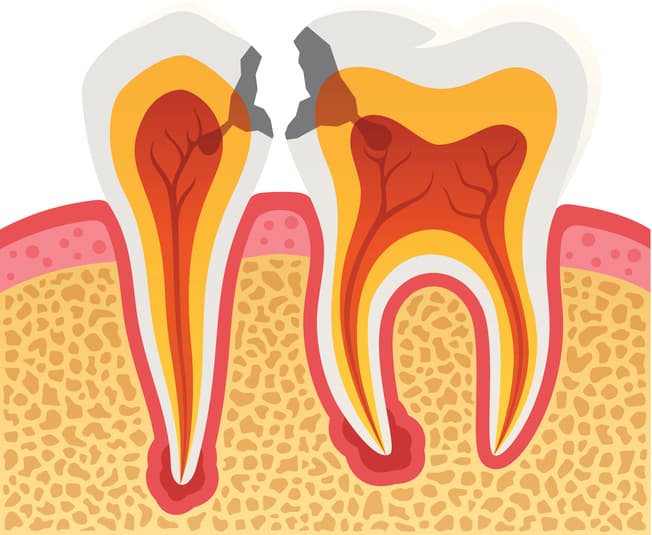
Waiting for Your Appointment
There may be little or no pain associated with a cracked tooth. You may only notice pain when eating or when the molar is exposed to hot or cold liquids. Pay attention to where exactly any pain is coming from so you can tell your dentist. Try your best to avoid chewing on the side of your mouth that has the cracked molar. Biting can open the crack and irritate the soft tissue inside your tooth that contains nerves and blood vessels.
Minor Cracks in the Tooth
If the crack is minor and has only affected the hardened outer layer of your tooth, known as the enamel, then your dentist may not recommend any treatment. These minor cracks are relatively common with adult teeth, and they are known as craze lines. By simply polishing your tooth, your dentist can smooth the area and improve its appearance.
Treatment for a Cracked Molar
When a crack cuts through more than the enamel, treatment is needed to prevent problems such as an infection or a deeper fracture. Depending on how severe a crack is, your dentist may recommend a crown, a root canal, or removal of the tooth. In some cases, a filling material can be used to repair the crack, and a crown can stop it from getting worse. If the soft tissue inside your tooth has been affected, then your doctor may recommend a root canal to remove damaged tissue. A final option is to have the molar removed. This is done when the tooth cannot be saved because the root of the tooth has been damaged.
Accidents, very hard foods, and even teeth grinding can lead to cracks or fractures. See your dentist right away to find out what can be done for your tooth.
